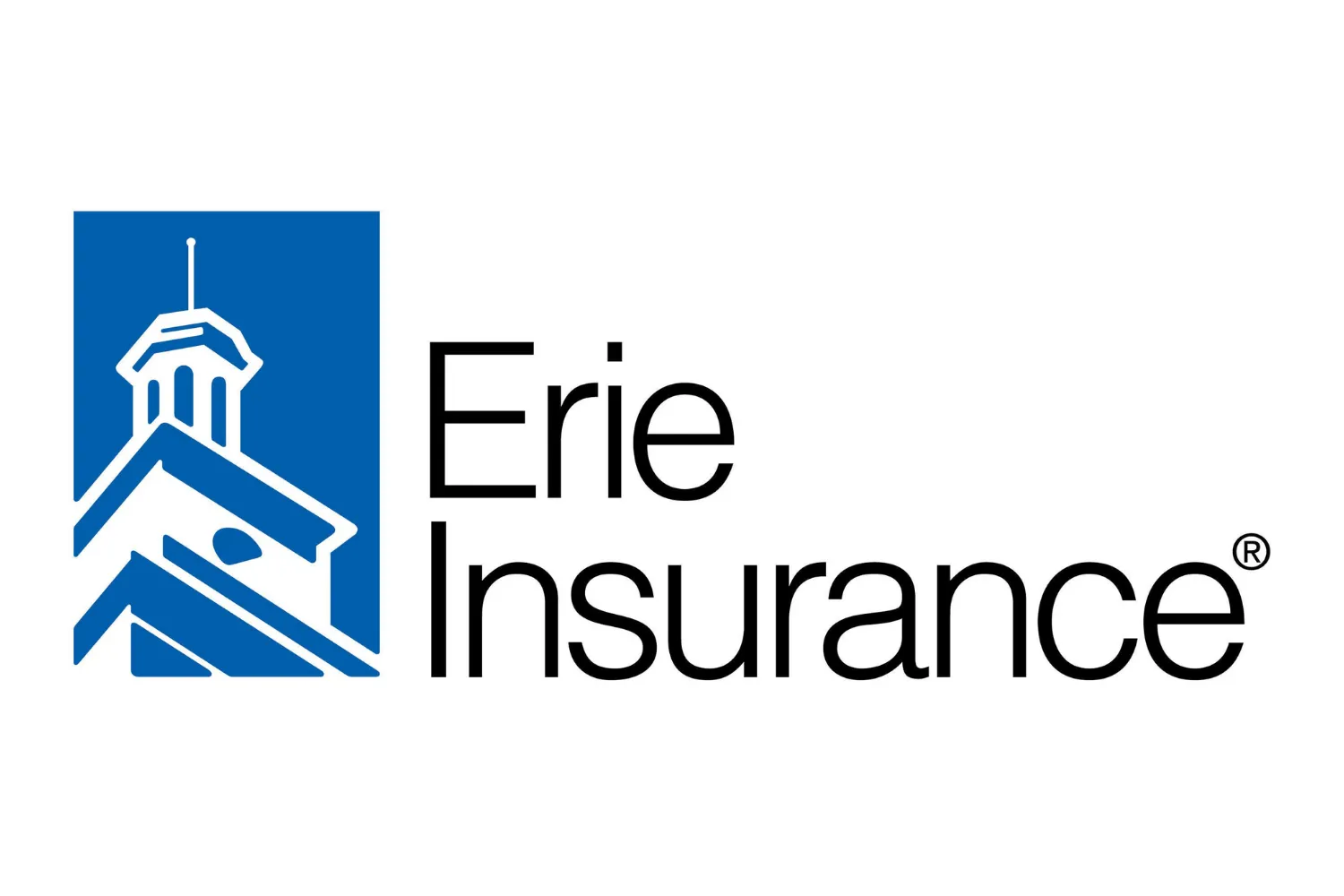Every year, mistakes with electricity and not being careful cause a lot of fires. These fires damage or destroy buildings, furniture, and personal items. They leave behind a lot of smoke and debris. The water and chemicals used to put the fires out can also cause more harm. This look into fire damage will show how it affects homes and businesses, the risks to health, and how experts assess the damage.
Key Takeaways
- Improper use of electricity is the biggest cause of fire accidents.
- Fire damage includes burning appliances and destroyed belongings.
- Heat from fires can cause severe burns requiring hospitalization.
- Smoke inhalation from fires is highly toxic and a major cause of fatalities.
- Fire damage restoration requires significant financial investment and professional assistance.
- Evaluating fire damage involves assessing structural damage and the impact on personal property.
- Prompt detection and containment of fires are crucial to minimize severity.
Understanding the Destructive Power of Fire
Fire’s power to destroy is unmatched, damaging property and affecting health and finances. It brings in fire departments across the U.S. to help. People both at home and work feel its impact.
Tangible Property Damage
Fires badly damage homes and businesses, often beyond repair. Each year, fire departments tackle over 350,000 home fires that cause around $7 billion in direct damage. Electric issues lead to more than 45,000 of these. Flammable gases contribute over $2.1 billion.
Damage doesn’t stop with the flames. Smoke and water used to put out fires add to the loss.
Human Health Impacts
The effects of fire on health are huge. Breathing in smoke and fumes causes diseases like bronchitis and asthma. Every year, fires claim about 2,500 lives and injure 12,300 people. Carbon monoxide and smoke’s chemical irritants pose serious health risks.
Warm weather can bring even more dangers. Fires from spontaneous combustion or chemical reactions increase health threats, especially in summer.
Financial and Emotional Consequences
Fires are not just about damage. They cost time and money to rebuild. This can deeply impact people’s lives and emotions.
Emotional support is crucial after a fire. Knowing about insurance, such as invisalign insurance reimbursement and help like orthodontic insurance invisalign, is important. Good insurance eases the financial burden and speeds up rebuilding.
Seeking professional help is key to understanding the full scale of fire’s damage. When disaster strikes, people wonder, does insurance pay for invisalign? Practical answers help people get through this tough time and move forward.
Factors Influencing the Severity of Fire Bermage
Fire damage’s severity comes from many factors. Each one is key in how a fire grows and its destruction. Knowing these factors helps in fire prevention and control.
Fuel Load and Combustibility
The amount of burnable materials inside a building affects a fire’s strength. More materials mean a stronger fire. Things like furniture and curtains can make a fire hard to stop. Checking these items helps lower the fire damage risk.
Oxygen Availability
Oxygen is key for a fire to live. More oxygen makes a fire burn faster. Blocking air can slow the fire down. This might reduce how much damage it causes.
Time to Detection and Response
Finding a fire early and acting fast is key to limiting damage. Alarms and quick fire service response can stop fires from getting too big. This is crucial during dry times marked by the National Weather Service. Using good detection and response systems can make a big difference.
Common Causes of Fire
There are several common causes for fire incidents. Knowing these causes is key to reducing risks. They help protect people and their belongings. Let’s look at the main reasons fires start.
Electrical Failures and Short Circuits
Electrical issues, like short circuits, are a top cause of fires at home and work. Outdated wiring, too many things plugged in, or broken equipment can trigger fires. Not keeping up with safety rules can make these fires very dangerous.
Combustible Material Handling
How we store and handle flammable items plays a big part in starting fires. Buildings like factories and warehouses face more risk if they don’t store things like gas and liquids right. The right storage and safety steps can stop disasters before they happen.
Cooking and Heating Equipment
From 2017 to 2019, cooking fires caused over half of all home fire injuries. Heating that goes wrong is also a big issue, causing 41% of deadly heating fires. Regular care and smart use of these things can stop fires from starting.
Arson and Intentional Fires
Starting fires on purpose, including arson, can cause a lot of harm to homes and businesses. People might do this to get back at someone, for fun, or for money. Good security can lower the risk of these dangerous deeds.
Natural Causes: Wildfires
Wildfires are a big danger in dry, windy places. They can quickly grow and destroy homes and forests. Being ready and following fire safety tips can help reduce the damage caused by these fires.
Knowing and dealing with these fire risks is really important. Taking care of electrical systems, handling combustibles safely, using cooking and heating devices wisely, and preventing arson and wildfires require planning. For those concerned about fire damage, it might be smart to invest in good protection plans. Just like checking if your insurance covers specific things or the cost can affect your choices.
Fire Damage Restoration and Assessment
Restoring and assessing fire damage is a complex but vital process. Different materials burn in unique ways, causing specific heat, smoke, and soot effects. This means we need different methods to study and fix the damage. For instance, fires starting from solid materials are not the same as those caused by liquids or gases.
Fire damage assessment starts by looking closely at the visible damage. We check for soot, charring, and whether the structure is strong. Knowing the level of harm helps us plan how to repair or rebuild. This step is key to understand the depth of the damage.
We also examine what the fire did to the items and materials inside. It’s important to decide what can be saved or must be thrown out. For example, fires in the kitchen that involve oils need special cleaning methods.
It’s not just what we see that’s damaged but also what’s not visible. Smoke and soot can affect air quality and hidden surfaces. Professional cleaners are often needed for this work, as well as to handle water and chemicals left from putting out the fire.
Restoring a fire-damaged place takes a few steps:
- Removing debris and what can’t be fixed
- Cleaning up soot and smoke
- Fixing or getting new furnishings and parts like roofs
- Repairing electrical systems that were damaged
Both homes and businesses aim to return their properties to pre-fire conditions. This process allows owners to start over. Experts play a big role here. They give solid advice, prep detailed quotes, and help with insurance claims. Their accurate damage assessments are crucial for a solid restoration plan.
Experts in fire damage bring a lot to the table. They’re skilled in understanding how soot and smoke behave, evaluating heat effects, and checking the safety of structures. They also use high-tech tools to get precise data quickly. This all makes their work effective and reliable.
Bringing in pros to assess and restore fire damage isn’t just about quality checks. They make the recovery work smooth and efficient. Their expertise is essential for bouncing back after a fire.
Conclusion
Fires cause a lot of damage to property, health, and well-being. It’s important to label fire damage with the NFPA 704 standard. This system puts fires into five groups based on their source.
Each group needs different methods for handling and fixing the damage. The effects of a fire can be felt right away and for a long time. In 2019, over 27,000 people were hurt by fires in the US.
These injuries include smoke inhalation, burns, and carbon monoxide poisoning. People also face the loss of their homes, emotional trauma, and health risks after the fire. Insurance might not cover all the damage, which adds to the financial stress.
One common question after a fire is about insurance coverage for dental work like Invisalign. This shows how important it is to have good insurance in difficult times.
To lower fire risks, it’s crucial to take preventive steps. These include having smoke alarms, educating about fire safety, keeping electricity safe, storing items safely, and checking things regularly.
Handling smoke damage needs air purification, professional cleaning, and getting rid of odors. These steps can lessen the impact and dangers of fires.
After a fire, communities need professional help to assess the damage and plan the next steps. It’s vital to understand the different types of fire and smoke damage. Knowing about insurance coverage, including dental, is also key.
Being informed helps communities bounce back and get ready for the future. By using these strategies, a community can not only recover but also be more resilient against future disasters.

















